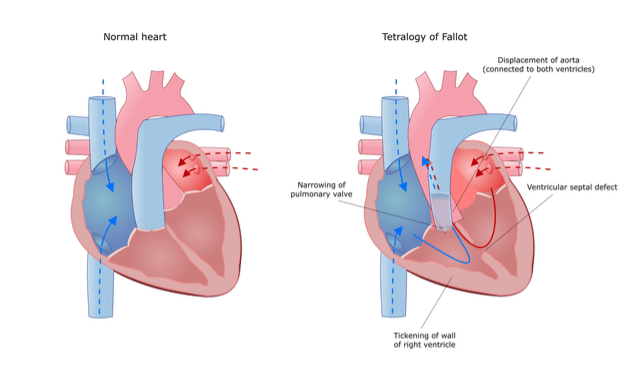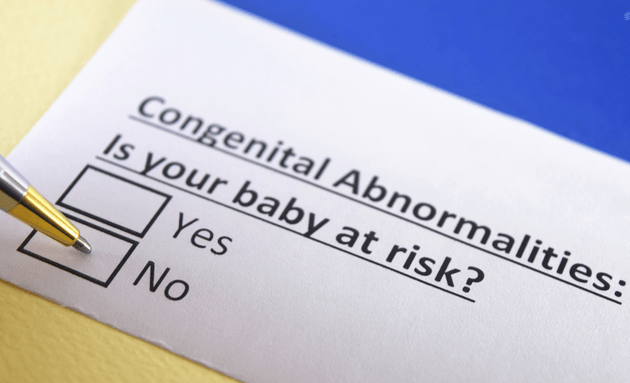Caring For Your Child With Congenital Heart Disease

The heart of a fetus begins to form during the first six weeks of pregnancy. Along with the development of the heart, major blood vessels like the aorta, the pulmonary artery and the pulmonary vein are also formed. At this point, your baby may develop a heart defect such as heart valve abnormalities, obstructed blood flow or holes in the heart.

During the development of the fetus, structural abnormalities in your baby’s heart could lead to your baby being born with a heart defect. This is known as Congenital Heart Disease (CHD). The severity of the condition varies from case to case. More complicated cases may require several surgeries, performed over several years, before the child’s heart is fixed. There are different types of CHDs depending upon the location of the defect in the heart.
How Does The Heart Function?
The heart is made up of four chambers, two chambers on the left and two on the right. The chambers on the right pump blood to the lungs through the pulmonary arteries. The blood picks up oxygen from the lungs and then travels to the left side of the heart through the pulmonary veins. The chambers on the left then pump this blood to the rest of the body through the aorta. A malfunction in this process during the development of the fetus can lead to CHD.

Symptoms of a Congenital Heart Disease

If the defect is extreme then the symptoms begin soon after birth or during the first few months of life. A baby with CHD may appear pale grey or may present with blue coloured skin (Cyanosis). He or she may experience rapid breathing with shortness of breath during feedings.
Additionally, the legs, abdomen, and the area around the baby’s eyes will appear swollen.
There are other heart defects that do not present noticeable symptoms because of which diagnosis does not take place until later in childhood. The less serious heart defects cause symptoms like shortness of breath, exhaustion or even fainting during exercise or any other activity. Here also, the child may experience swelling of hands, ankles or feet. It is important to visit the doctor when this happens.
Causes of Congenital Heart Defects
Abnormalities in the heart can present in various ways. These include holes in the heart walls, abnormality in the formation of major blood vessels or of the heart valve, and an underdeveloped heart. A combination of these defects could also occur. Your doctor may advise genetic testing to detect the progress of fetal development.
Most congenital heart diseases are a result of abnormalities in the child's heart development. However, environmental and genetic risk factors may also contribute to CHD. These include Rubella (German measles), Diabetes, certain pregnancy medications or medications taken for other underlying conditions, drinking or smoking during pregnancy, and hereditary factors.
Preventive Measures for Congenital Heart Disease

It is therefore imperative to adopt some preventive measures in order to reduce your child’s overall risk of developing CHD.
Consult your doctor about Rubella vaccination before you try to conceive. If you have other medical conditions like diabetes or epilepsy, you should discuss the risks of the medication with your doctor to reduce the occurrence of heart defects in your child. Strictly avoid inhaling harmful chemicals like those in painting and cleaning products. Also avoid drugs, alcohol or smoking during pregnancy.
Daily consumption of 400 micrograms of folic acid supplements as advised by your doctor during pregnancy may help reduce the risk of birth defects in your child.
Gaining insight can help parents of children with heart defects understand the implications of CHD. Today, with the advancement in diagnostic tools and treatments, there’s a greater chance of your child leading a normal life.






